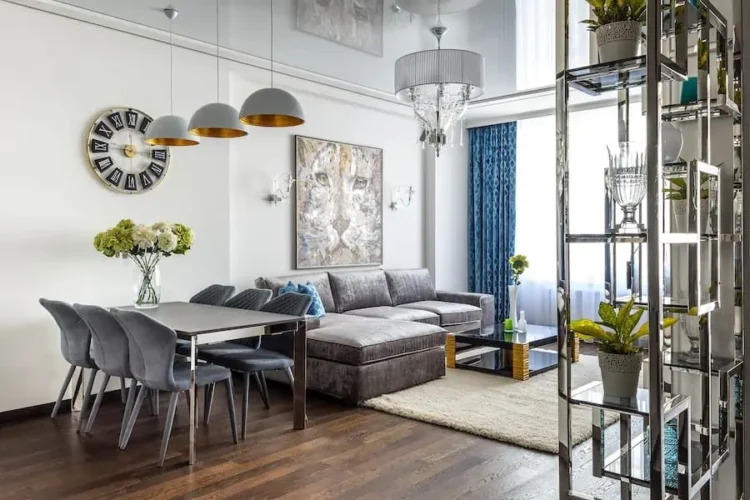Detention facilities face unique needs when furnishing the space. The design of furnishings can contribute to or detract from the facility’s core objective, which is usually to prepare inmates to succeed in the outside world once they’re released. All furnishings must be durable, secure, and as comfortable as possible.
In recent years, detention furniture designs have evolved and are no longer as harsh as furnishings were in the past. The use of innovative designs and materials helps to dispel the uncomfortable feelings associated with jails, prisons, and similar institutional settings. Bright colors are now common, and not every surface is stainless steel. Here are a few reasons to consider modern justice furniture solutions.
Safety And Security Are Enhanced
Detention facilities are often plagued with disagreements that could, or do, erupt into violence. That means all furnishings must be designed and installed with the idea that the items can’t be used as weapons. Preventing violence is crucial for the safety of inmates, visitors, and the facility’s staff. However, inmates feel dehumanized when all furniture is cold and institutional, and those feelings set the tone for everything else, which means programs designed to help them reintegrate into society are hampered. That’s why detention facilities at all levels are constantly exploring new detention furniture designs that won’t detract from the overriding needs of inmates.
Comfort And Ergonomics In Detention Facilities
Even though the primary function of detention center furnishings is to enhance security, inmates who are comfortable tend to be more cooperative. In other words, furnishings that improve posture, properly distribute a prisoner’s weight, and are easy to use are far better than the strictly functional furniture commonly used in the past. Contoured, ergonomic designs foster better behavior, as inmates don’t become as frustrated with their surroundings.
Modular Furnishings Promote Flexibility
Another issue that plagues detention facilities is a lack of adaptability when a room’s primary use changes. Modular furniture allows administrators to provide a variety of activities even when space is limited. Interchangeable components are the key, as they allow reconfiguring spaces quickly and relatively easily. Spaces can be transformed from, for example, classroom space to a recreational area.
Using Sustainable, Recyclable Materials Is Becoming The Norm
Today, “going green” is a phrase that’s commonly used in many settings. Today’s detention center furnishings are often made using recycled materials, which reduces the environmental footprint of the institutions. In addition, furnishings are designed to last, which reduces the need to replace items frequently. That helps institutions control their budgets while still providing for the needs of inmates.
The Use Of Technology Is On The Rise
Some institutions are considering furnishings with embedded sensors that track usage, movement, and occupancy. That type of technology improves security, as administrators are better able to track movement within the institution. While this level of technology is still in its infancy, expect additional technological advancements in the near future.
Facing Mental Health Issues
Being detained is not a comfortable experience, and many detainees encounter mental health issues during their incarceration. Modern detention furniture won’t cure everyone’s mental health problems, but comfortable, colorful furnishings reduce the hardships faced by inmates.
Creating An Improved Detention System Starts With Small Changes
Updating detention facility furnishings is one strategy that’s shown to improve security, increase comfort for inmates, and encourage a more positive overall experience that improves the potential for inmates to successfully reintegrate with society upon their release. Consider working with a supplier to develop a plan for improving detention center outcomes.







